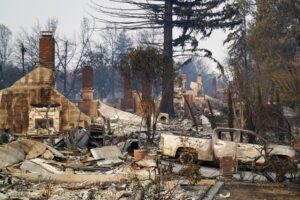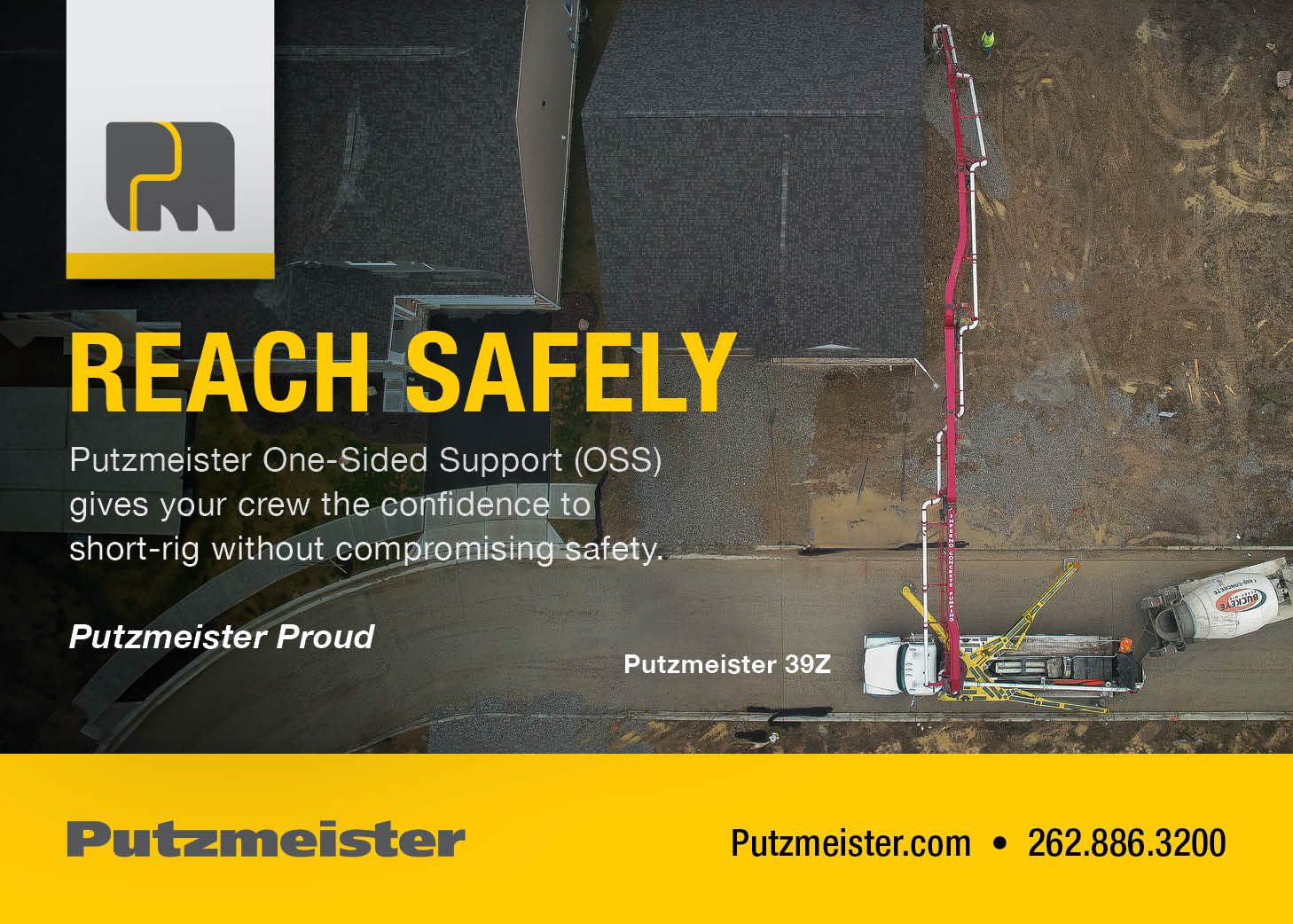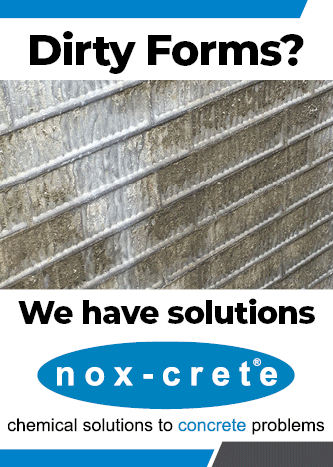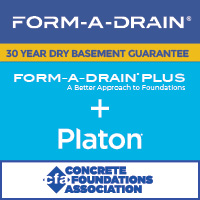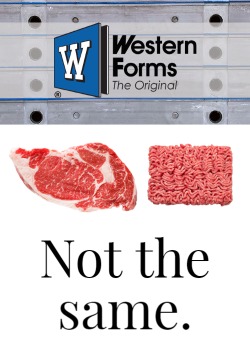Building Back Better: The Case for Concrete Homes
By Joe Nasvik
The recent fires in Los Angeles have resulted in the largest amount of fire damage the country has ever seen. For so many people, life went from normal to one of complete despair in the matter of just a few hours. Homes of all kinds—modern and traditional designs; new and old; homes with stucco siding; homes with clay tile and steel roofs; small and big—all burned to the ground leaving people without homes or possessions. Over time, investigation will uncover many contributing factors, but without a doubt the two leading causes for the fires were lack of rain in the LA basin over the past year and the up-to-100 mile-per-hour Santa Ana winds with only 3% humidity that fueled the fires and made firefighting nearly impossible. The other key factor is the fact that the destroyed homes were built with combustible materials.
Whether or not you personally believe in global warming or whether or not you think it is caused by man, it’s a fact that the world climate is changing, and global temperatures are rising. With over half a million years of weather history collected, the scientific research has demonstrated the link between carbon dioxide (CO2) in the air and atmospheric temperature; when CO2 levels in the air rise, so does the atmospheric temperature, and when they drop so does the temperature. The question remaining is where the CO2 is created. With the increasing amount of heat energy in the atmosphere, weather will continue to become more extreme, and our building structures will have to become more robust as a result.
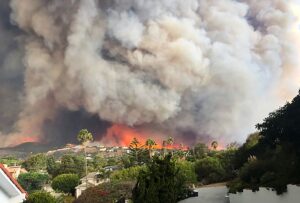 When Los Angeles is ready to rebuild, there will be updated building codes designed to offer better protection in the event of fires. For the sake of those who died and for those who lost everything, it’s time for building codes to require all new homes to be constructed with non-combustible materials, or at the very least that buildings remain structurally sound for an hour or more in a fire environment. The City of Los Angeles’ building code will probably mandate things as house designs that don’t trap burning embers during wind events, the reduction of burnable landscape materials around homes and changes to water systems. Narrow streets will likely also be widened so that vehicles leaving an area won’t interfere with emergency vehicles going the other way. Building code upgrades will probably also require that buildings be designed to resist stronger wind forces and violent weather in recognition of climate change.
When Los Angeles is ready to rebuild, there will be updated building codes designed to offer better protection in the event of fires. For the sake of those who died and for those who lost everything, it’s time for building codes to require all new homes to be constructed with non-combustible materials, or at the very least that buildings remain structurally sound for an hour or more in a fire environment. The City of Los Angeles’ building code will probably mandate things as house designs that don’t trap burning embers during wind events, the reduction of burnable landscape materials around homes and changes to water systems. Narrow streets will likely also be widened so that vehicles leaving an area won’t interfere with emergency vehicles going the other way. Building code upgrades will probably also require that buildings be designed to resist stronger wind forces and violent weather in recognition of climate change.
The shift to non-combustible building materials will not be easy. Historically the US has been blessed with large forests, so we became a wood-built culture with large trained labor forces to build wood-frame structures. However, this isn’t the case for many other countries in the world where timber is scarce. In those places, concrete is the leading building material. Florida builds more concrete homes than any other state because of hurricane damage, flooding, termite damage and a climate that encourages wood decay.
Concrete Houses
The push for concrete in the US has a long history. In 1908, Thomas Edison filed for a patient for the construction of concrete homes. He developed cast iron forms that were assembled to build an entire house in one concrete placement. An opening was left at the top of the roof for concrete to move into the forms. He also developed a flowable mix so that the concrete would flow down to the bottom of the house and to all parts of the formwork. Afterward, the forms were unbolted and moved to the next house. He built only a few houses in New Jersey and Gary, Indiana, but some of them are still in use today. 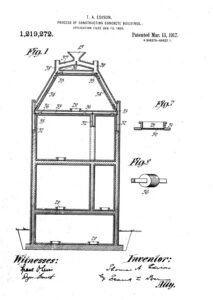
Architects such as Tadao Ando and Frank Lloyd Wright designed high-end, modern-looking and sleek homes for wealthy buyers. Ando designed a beachfront home in Malibu, California, that was built in 2013 and survived the Palisades fire.
It would be great if concrete could be regarded as “fireproof,” but it is more accurate to say that it is “fire resistant.” Nothing is fireproof because everything depends on the amount of time something is exposed to heat and the amount of heat involved. This relationship with concrete will be described more fully in the next article in this series.
Concrete homes can be designed, engineered and built to resist hurricanes, tornadoes, fires, floods and earthquakes. They can protect inhabitants from trees that fall on houses and flying debris. Concrete homes are resilient because they can survive disasters without needing to be rebuilt. In succeeding articles, the following will be addressed:
- How concrete homes perform in fires
- How engineers design concrete homes to resist increasing natural disasters
- Different concrete home building methods and their associated costs
- Their resiliency compared to the carbon dioxide created in the building process
- Information about the process of developing and changing building codes
- How home insurance companies view concrete homes
The road ahead for rebuilding Los Angeles and dealing with a monumental number of toxic debris will be long and stressful. Let’s hope their decisions will be for the good of everyone.
